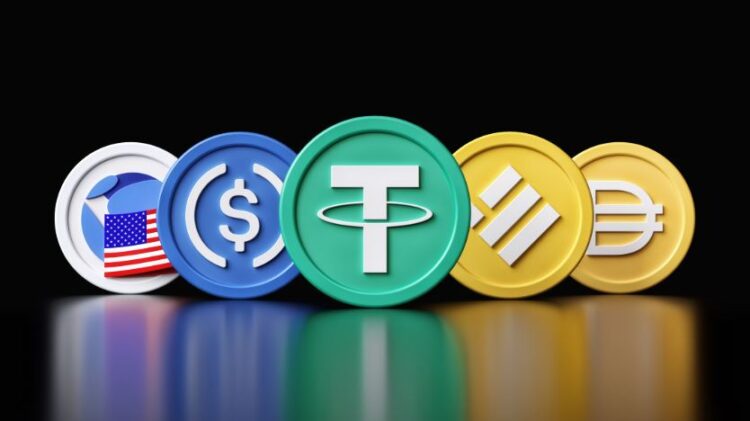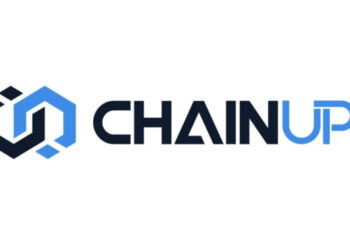Major banks are increasingly exploring stablecoins, the cryptocurrency tokens pegged to traditional currencies, as they seek to leverage blockchain technology for faster payments and improved financial services.
This shift reflects growing institutional interest in digital assets despite ongoing regulatory challenges.
Major U.S. banks including JPMorgan Chase, Bank of America, Citigroup, and Wells Fargo are reportedly exploring the possibility of jointly issuing a stablecoin, with discussions involving Early Warning Services, the operator of the Zelle payment system, and The Clearing House, a…
— Wu Blockchain (@WuBlockchain) May 23, 2025
Stablecoins, such as Tether and USD Coin, offer a way to combine the stability of fiat currencies with the efficiency of blockchain. Large financial institutions see potential in stablecoins for cross-border payments, settlement, and liquidity management. Banks like JPMorgan Chase and Citigroup have reportedly developed or tested stablecoin projects to enhance their payment infrastructures.
The appeal of stablecoins lies in their ability to provide near-instantaneous transactions at lower costs than traditional banking systems. This could revolutionize how banks handle remittances and interbank transfers, reducing reliance on legacy systems that are slower and more expensive.
However, regulators remain cautious. US and European authorities are scrutinizing stablecoins to ensure they do not threaten financial stability or consumer protection. The US Securities and Exchange Commission (SEC) and the Treasury Department have emphasized the need for clear rules governing stablecoin issuers, focusing on transparency, reserve backing, and anti-money laundering measures.
Despite regulatory uncertainties, banks are moving forward cautiously. Some collaborate with fintech firms and blockchain startups to pilot stablecoin applications within controlled environments. This approach allows them to assess benefits and risks before wider adoption.
Integrating stablecoins into traditional banking could accelerate the mainstream acceptance of cryptocurrencies. It may also prompt regulators to develop more comprehensive frameworks to balance innovation with safety.
As the crypto ecosystem evolves, the involvement of big banks in stablecoins signals a significant step toward bridging traditional finance and decentralized technologies. In the coming months, we will likely see increased dialogue between regulators, banks, and crypto firms to shape the future of digital payments.
If you want to read more news articles like this, visit DeFi Planet and follow us on Twitter, LinkedIn, Facebook, Instagram, and CoinMarketCap Community.
“Take control of your crypto portfolio with MARKETS PRO, DeFi Planet’s suite of analytics tools.”





















